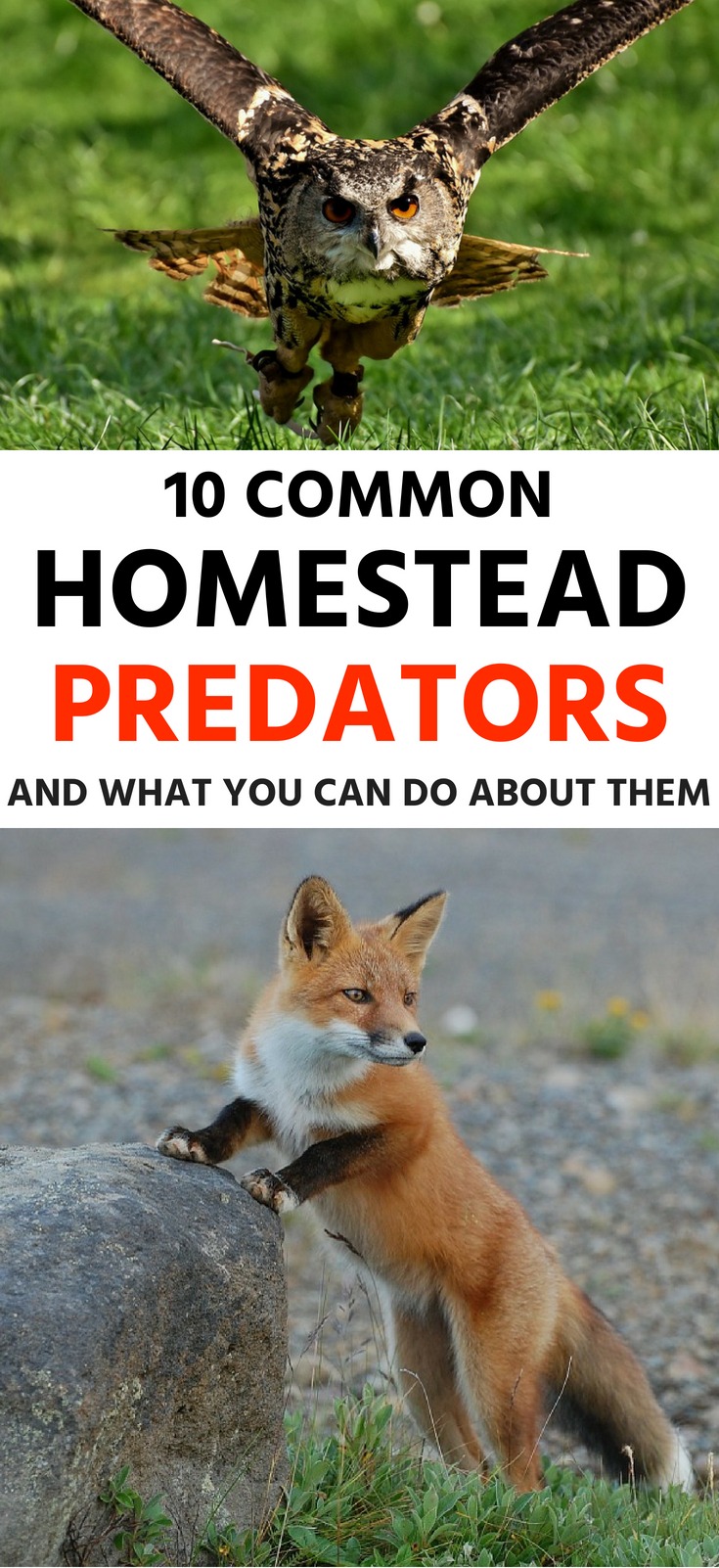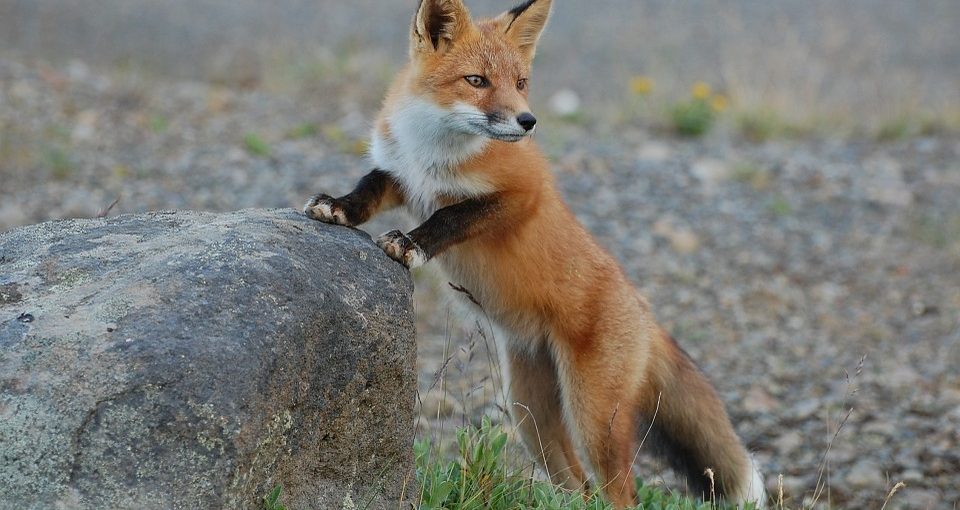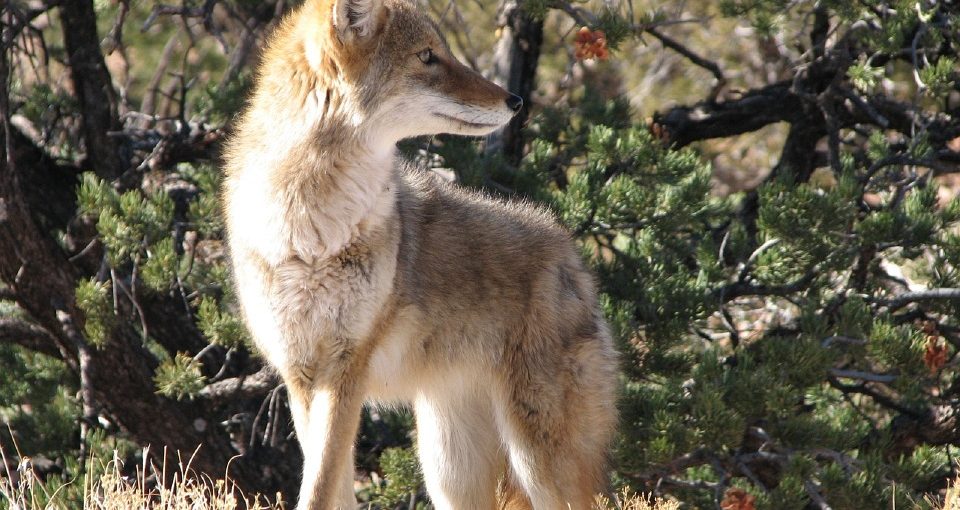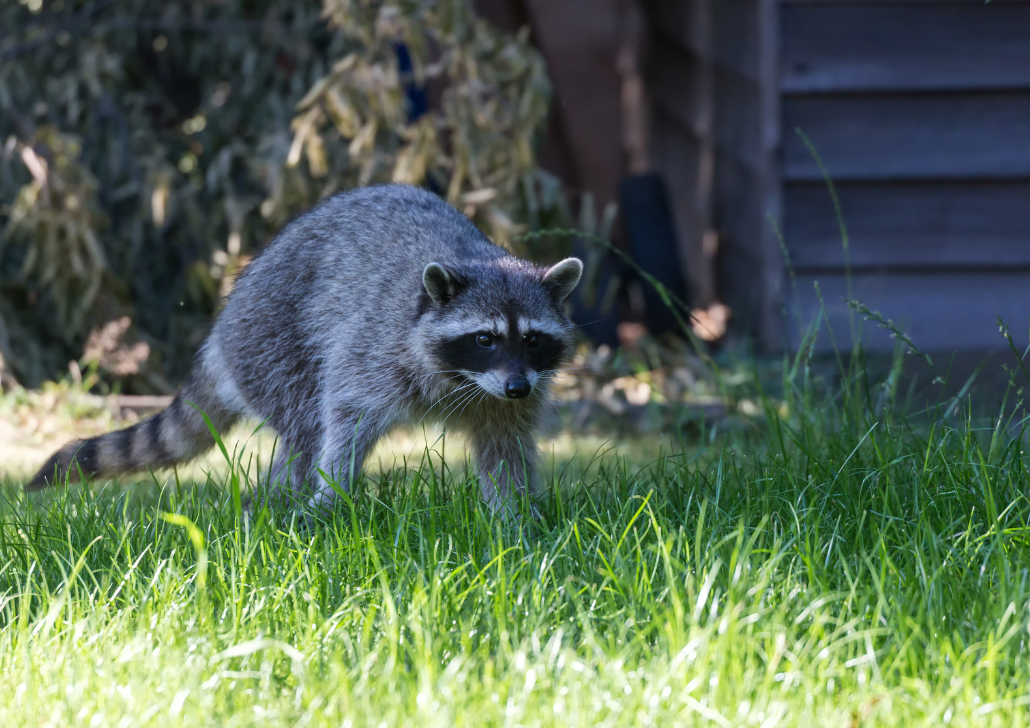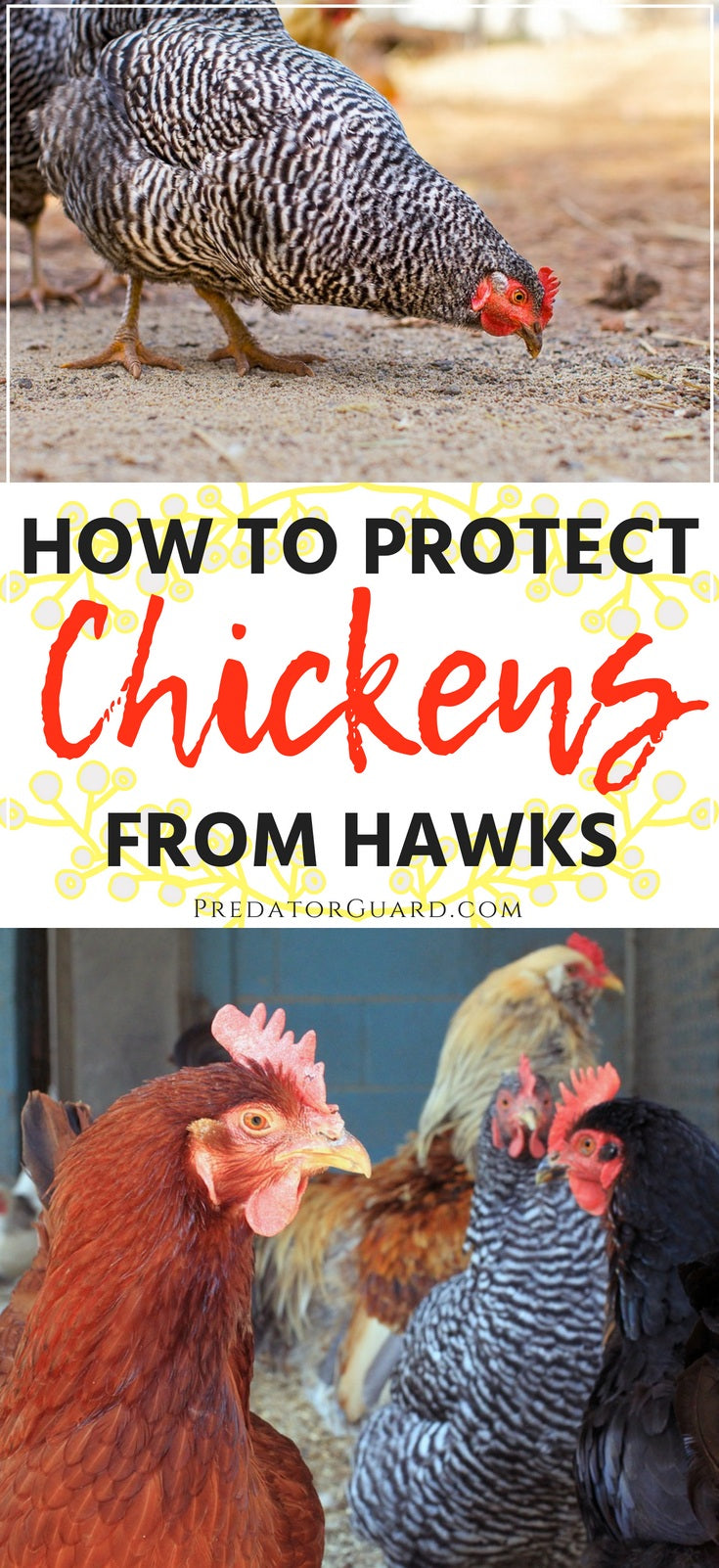Learn about 10 common homestead predators and what to do to keep them away from your chickens, goats, and other livestock.
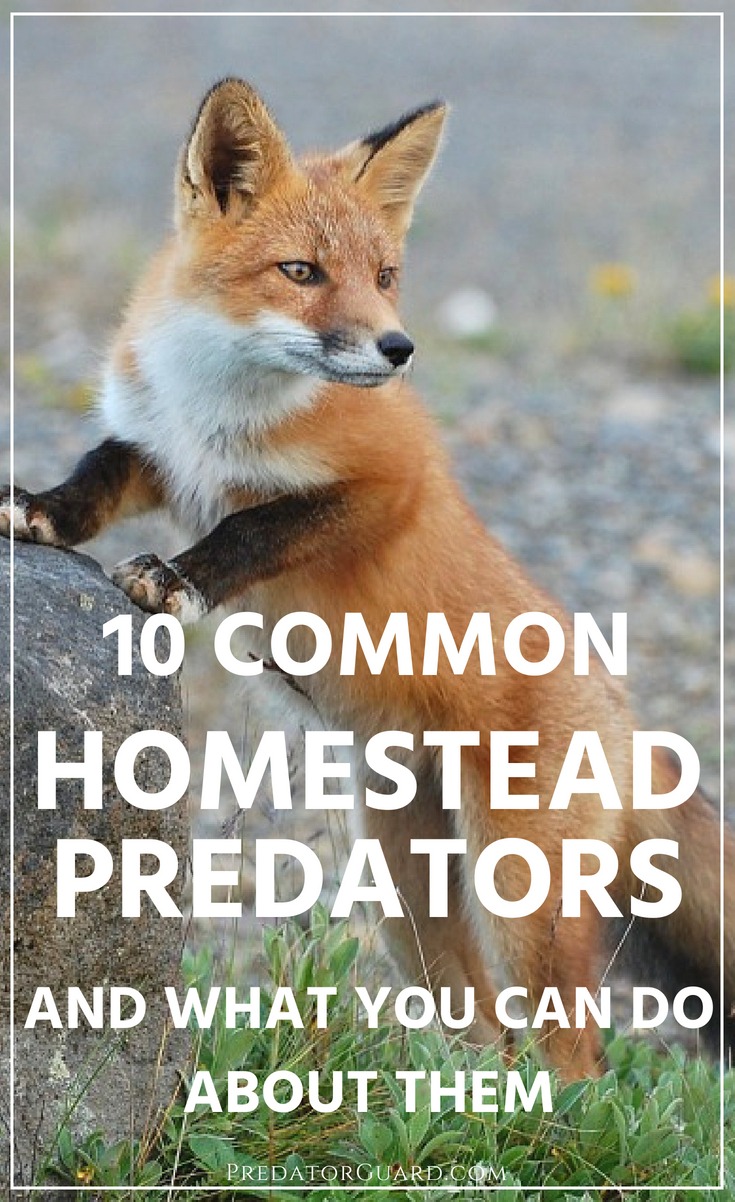
Predatory attacks are a fact of life for most homesteads, but there are ways you can deter the animals from approaching in the first place.
Depending on where you live, your livestock will be at risk of falling victim to a variety of different predators. Urban homesteads are no exception. Wild dogs, raccoons, neighborhood cats, and even mountain lions still pose a threat, along with a multitude other other animals.
As with most predators and pests, keeping your land free of clutter, debris, and overgrown brush is a step in the right direction. Proper fencing is also key, along with putting your chickens and other livestock up at night. However, sometimes these things are simply not enough. Let's take a look at 10 common homestead predators, and what you can do about them.
10 Common Homestead Predators (And What You Can Do About Them)
1. Hawks
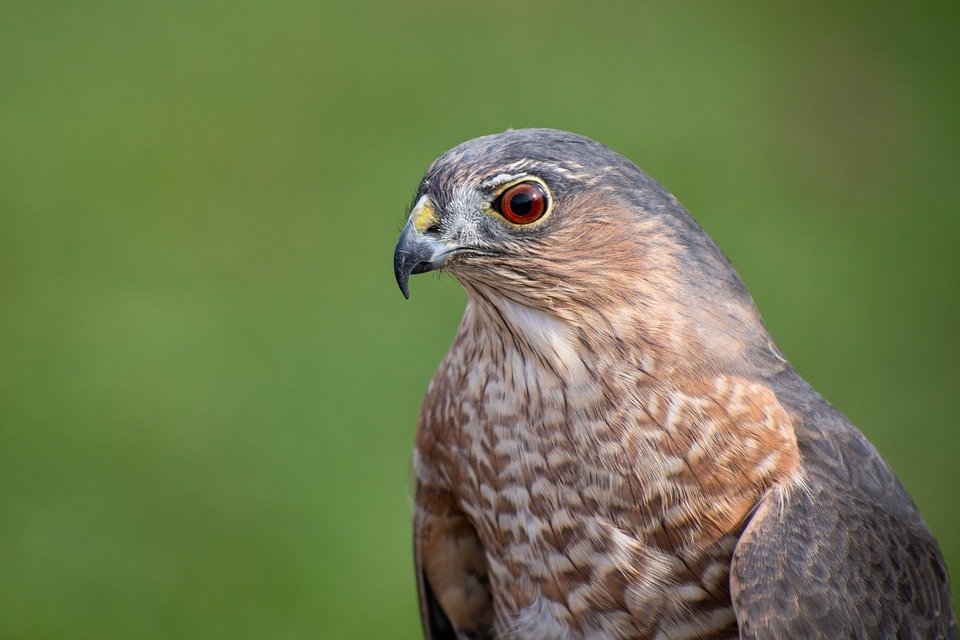
Hawks are fierce predators who typically go after small livestock such as chickens and ducks. If you suddenly find a chicken missing without a trace, it's safe to assume that a hawk got a hold of them.
Sadly, when you have chickens that free range, hawk attacks are almost always expected unless you take measures to deter them.
They swoop down and snatch their pray fast, so you may not even see any feathers or signs of a struggle. Hawks cannot be legally trapped or killed in any state in the US, but there are a few humane ways you can deter them.
Getting a dog or another large livestock animal can work wonders for keeping hawks away. The constant movement and size of the animal scares this daytime predator away. The main threat would come if the hawks in your area are extremely desperate and willing to take their chances.
Predator Guard Reflective Scare Tape shines in the sunlight and makes a metallic noise as it flaps in the wind. This scares hawks and other birds away from your livestock or garden. Simply tie a few strips to stakes, poles, or rafters around your coop and the areas your small livestock will be.
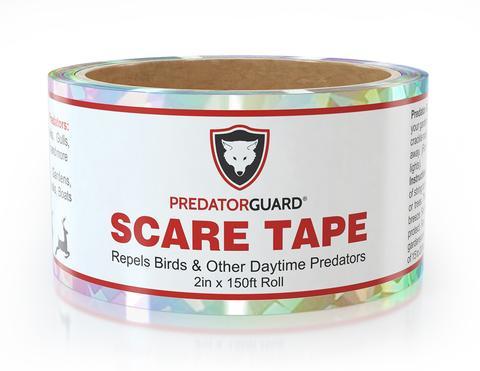
This reflective scare tape is also available on Amazon.
If you still find that hawks are attempting (or succeeding) in making a meal of your livestock, some suggest to paint large eyes on the top of your coops.
It's also a good idea to place feeders under a sheltered area, so hawks won't spot them during their vulnerable feeding times.
2. Coyotes
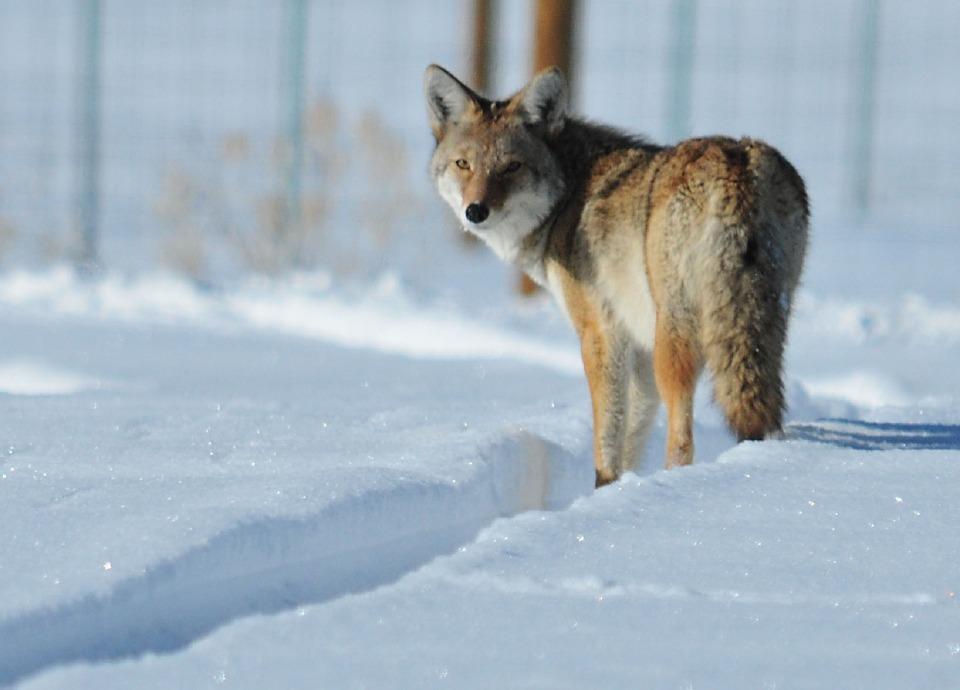.jpg)
Coyotes will target both small and medium-sized livestock, such as young goats, lambs, pigs, chickens, and ducks. When attacking in a group, they're even known for going after larger livestock such as cattle.
Many homesteaders have taken to adding miniature donkeys to their property, as they're known to protect livestock from coyotes. Miniature donkeys will chase and repeatedly kick the predators. Add them to your pasture with your other livestock and keep them near throughout the night. You'd be surprised just how effectively they keep the coyotes away.
You should also consider installing our solar LED deterrent lights. The two red lights displayed will trigger the flight response in nighttime predators, scaring them away.
3. Foxes
.jpg)
Foxes primarily feed on rabbits, rodents, poultry, and young livestock. Similar to hawks, there may not be much evidence of a fox attack. Since they're so sly, foxes can easily snag one of your smaller livestock and drag them off to a secluded spot to eat.
If you find nothing more than a few drops of blood and some feathers, it's likely a fox attacked and took their prey back to their den. They also crack eggs just enough to lick the inside, leaving the shells behind.
Though they're extremely agile and sneaky, foxes are easily startled. Installing some of our solar LED deterrent lights should do the trick. Motion activated lights and miniature donkeys would work as well.
4. Opossums
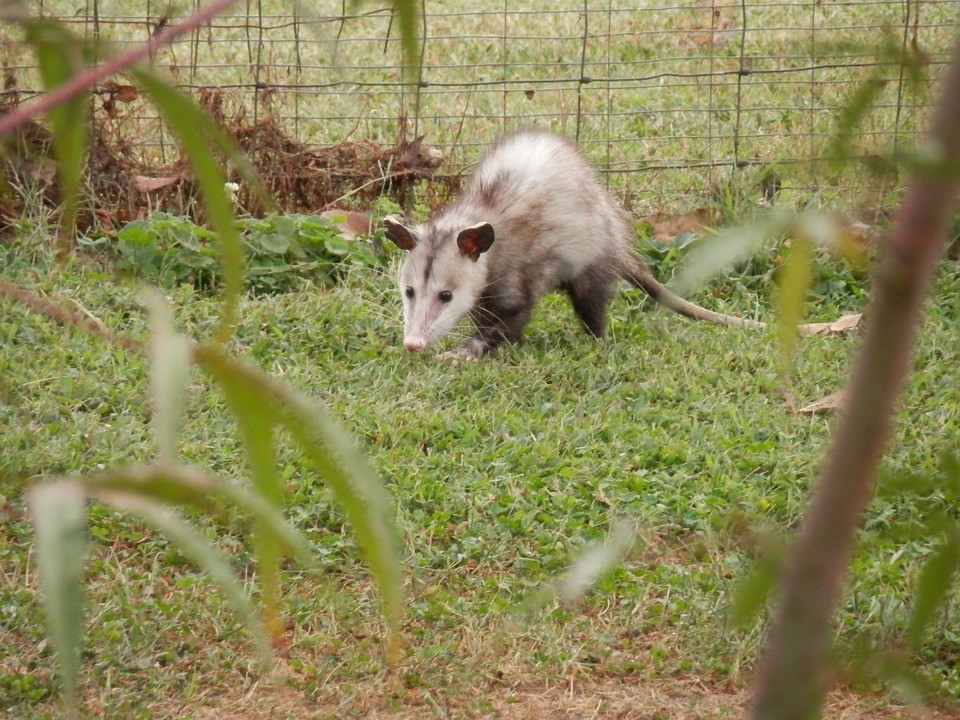
Opossums are generally pretty lazy predators, and will attack when the opportunity easily presents itself. They'll typically go for sick, injured, or young livestock. However, their potential to spread disease is high. Opossums have been known to bite larger livestock, spreading the deadly EPM disease.
It is important that you keep all feed safely locked away, as the disease can be passed to your livestock this way as well. Open feed containers would attract various pest and predatory animals anyway, so this is good practice.
The best way to deter opossums would be a combination of installing our Solar LED Deterrent Lights, and keeping your yard clean and free of debris.
5. Owls
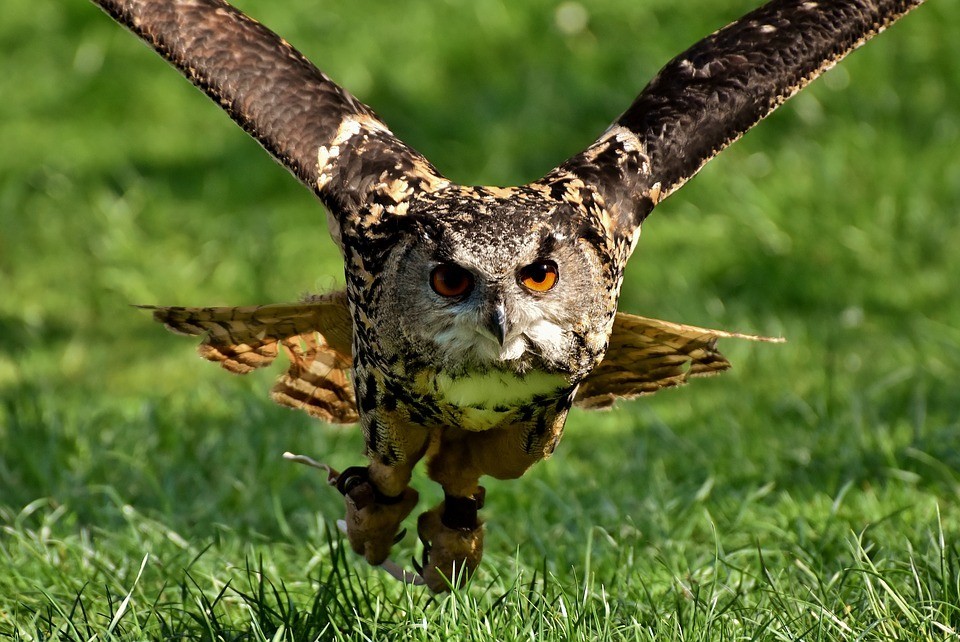
Since owls are nocturnal, the good news is it's still possible to free range your chickens during the day if owls are scoping out your homestead. Owls can be quite helpful in keeping rodents and snakes off of your property, however, it can still cost you a few livestock animals in return.
Given their size, owls typically go after poultry animals, and occasionally even small pets. They pluck the feathers, but you may or may not find any trace of evidence after the attack depending on where they settled to feed.
Putting your poultry up at dusk and keeping them there until dawn should limit the attacks they face from owls. However, you should also consider putting up decoys and motion activated lights around your coops and barns. Our solar LED deterrent lights are effective for scaring off owls as well.
6. Raccoons
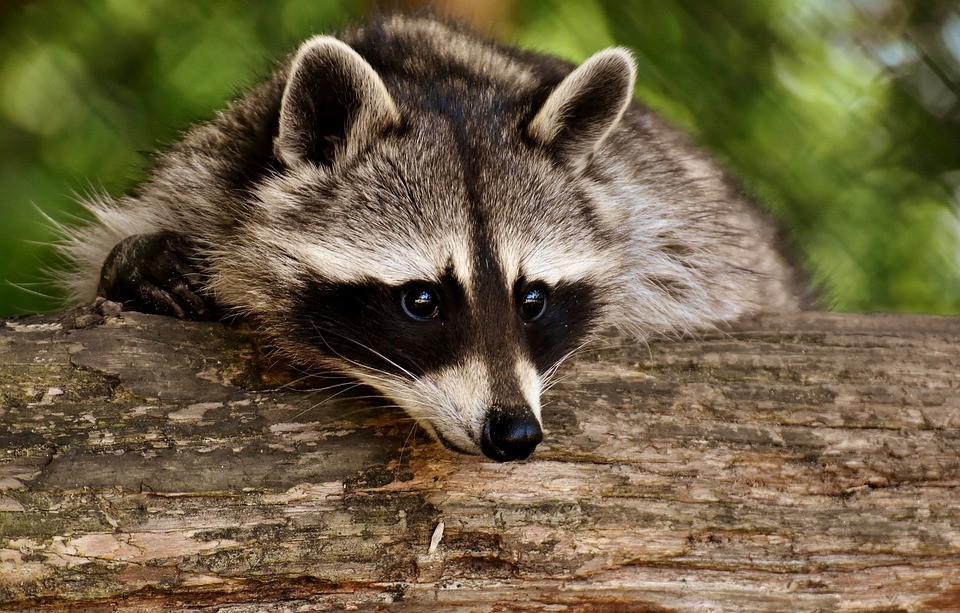
Raccoons are notoriously clever, and have been known to unhook simple locks in order to get to a meal. Unlike hawks, foxes, and and coyotes, there will typically be evidence of their visit the following morning. They like to let you know they've been there.
As they feed, they leave a trail of your livestock's remains scattered around the area. While other animals may leave behind evidence, finding various body parts strewn throughout your coop and yard is pretty strong evidence that it was a raccoon attack.
Installing more complicated lock systems with at least 2 steps can prevent raccoons from entering your coops and killing your livestock.
Keeping your property clean and your garbage cans securely closed is helpful, as well as installing our solar LED deterrent lights. Since raccoons are nocturnal, these lights will scare them off.
7. Weasels
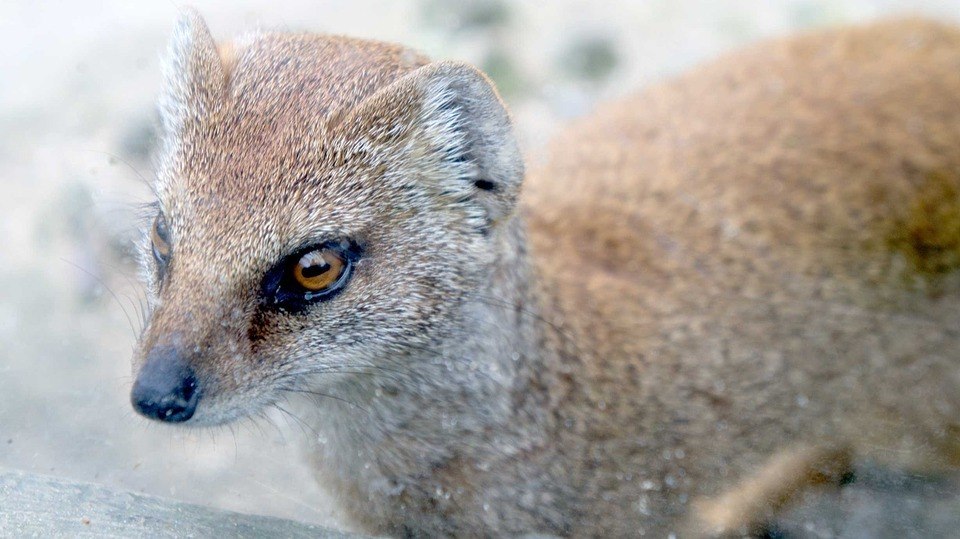
Weasels are exceptional climbers and are known for decapitating their prey. It's common for them to pile up the bodies of their prey close to where the killing occurred.
They're active both during the daytime and throughout the night. Weasels kill not only for food, but for sport. Chickens are one of their favorite meals, unfortunately.
If you find your chickens with the backs of their necks or heads missing, and bites on their rear-end, it's likely a weasel is to blame. It's not uncommon for them to wreak complete havoc in just one attack. They'll continue killing any and all livestock animals in the area, until they're scared off or get bored.
Weasels can fit through surprisingly small openings, and chicken wire is not enough to keep them from finding their way into your coop. 1/2 inch plastic-coated hardware cloth should be suitable. It's also important to block off any other small openings to your barns or coops.
To protect your livestock from weasels during the night, we suggest installing our Solar LED Deterrent Lights. They may be vicious, but they're still likely to get scared off if they think a bigger predator is in the area.
8. Bobcats

Though bobcats are only about two to three times larger than an average house cat, their attacks can be absolutely devastating. They prey on whatever is nearby, from goats and sheep, to rabbits, poultry, and even pets.
Bobcats are elusive and nocturnal, and though humans rarely see them, they can be found all over North America, even adapting to suburban areas.
A common sign that a bobcat is to blame for a loss on your homestead is claw marks on both sides of the body. There also may be bite marks on the top of the head or neck. The rumen will often be left completely untouched. For poultry attacks, the head is usually completely missing.
Depending on how often bobcats are visiting your homestead, proper fencing may be needed. A fence that is at least six feet high and extends 6-12 inches below the ground may be necessary. Adding an angle of about 45 degrees at that top of the fence (facing outward) makes it extremely difficult for them to jump over.
Our Solar LED Deterrent Lights are effective at keeping bobcats away as well. For more information on how to install them, click HERE. Remember that it's most effective when placed at eye-level of the animal you're deterring.
9. Mountain Lions

Mountain lions are extremely dangerous, growing up to 220 pounds. They usually kill by biting through the skull of their prey, and typically jump down on them from above or behind. They feed on the front end and neck first, leaving the stomach untouched.
Should you encounter a mountain lion, do not approach them, and do not run away. It may be heartbreaking to see them making a feast on your livestock, but they could seriously injure or even kill you.
They are opportunistic in nature and hunt both during the day and at night. Having proper fencing around your livestock will work wonders, as well as installing some of our Solar LED Deterrent Lights. They can also be frightened away using motion detected sprinkler systems and loud noises.
10. Snakes
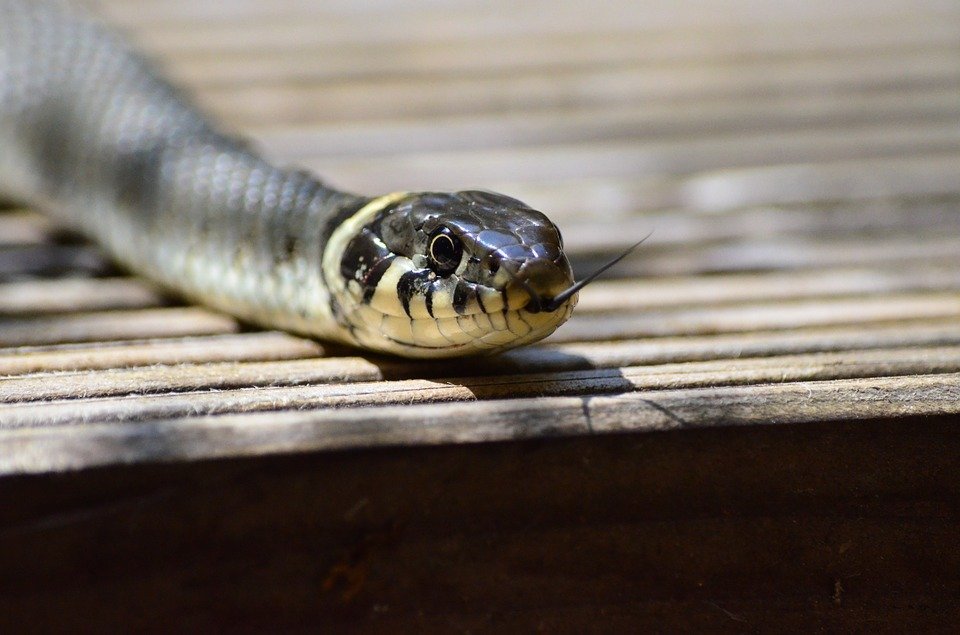
Most homesteads will encounter a venomous or predatory snake at least once, depending on where they're located.
Some people claim that having outdoor cats around will keep snakes at bay, and others even say they've seen their cats take snakes down. Unfortunately, there's no way for a cat to differentiate between which snakes are harmless, and which ones you'd like them to scare off. Depleting the non-venomous snakes around your area will only encourage the venomous ones to move in on the land.
Larger snakes will eat your chicken eggs and even kill your livestock. We recommend gathering eggs frequently and keeping the coop clean. You should also remove any brush, overgrown weeds, log piles, and vegetation around the area, so they don't have anywhere to hide.
As always, make sure your coops are secure, and lock your chickens up at dusk.
Have you faced any predator attacks on your homestead? If you have any questions, leave a comment below. We'd love to help!
Some people claim that having outdoor cats around will keep snakes at bay, and others even say they've seen their cats take snakes down. Unfortunately, there's no way for a cat to differentiate between which snakes are harmless, and which ones you'd like them to scare off. Depleting the non-venomous snakes around your area will only encourage the venomous ones to move in on the land.
Larger snakes will eat your chicken eggs and even kill your livestock. We recommend gathering eggs frequently and keeping the coop clean. You should also remove any brush, overgrown weeds, log piles, and vegetation around the area, so they don't have anywhere to hide.
As always, make sure your coops are secure, and lock your chickens up at dusk.
Have you faced any predator attacks on your homestead? If you have any questions, leave a comment below. We'd love to help!
If you liked this post, don't forget to pin it for later:
